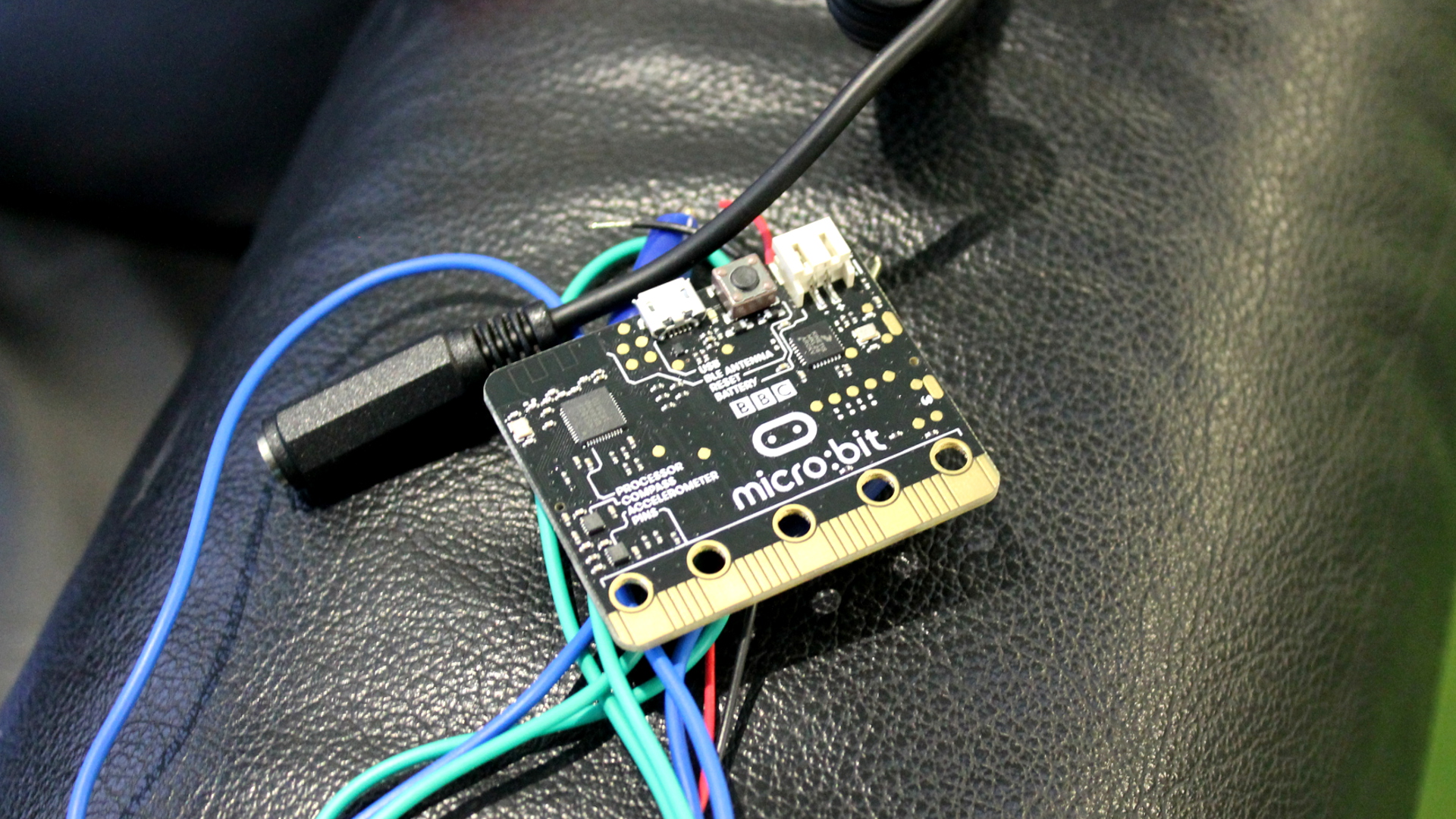TechRadar Verdict
If you're starting out with programing computers, the micro:bit is an ideal choice with a huge amount of online support and resources.
Pros
- +
Easy to use to learn coding
- +
Free for educational use
- +
Plenty of resources
Cons
- -
Block Editor is finicky
- -
No automatic file uploader
Why you can trust TechRadar
Designed by the BBC as part of its Make it Digital initiative, the micro:bit is one of the world's smallest programmable computers. What's more, it's free to all UK year 7 students and aims to inspire the next generation of engineers and coders.
On first handling the micro:bit, it's instantly apparent that its target audience is different to that of the Arduino and Raspberry Pi. BBC's micro computer has simple contacts, built-in buttons, sensors and a set of LEDs that act as a display once powered up.
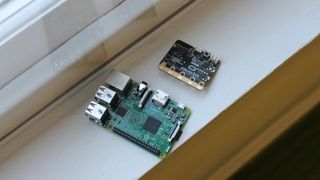
The large connectors on the board are known as PINS. They supply a large contact surface so crocodile clips can be easily attached for external electronics, which is ideal for a classroom environment and quick prototyping. The PINS include three inputs, a 3V and GND, and between each are further contacts for more advanced projects.
- BBC Micro Bit: 10 things you need to know
- Peaky Blinders season 6 release date: everything you need to know
Once connected via USB to your computer, the board appears as a drive. Coding is handled through the microbit.co.uk website app, and this site can be used on and offline. At present the site offers several coding environments which are very much dependent on skill and include: JavaScript, Block Editor, Touch Develop and MicroPython.
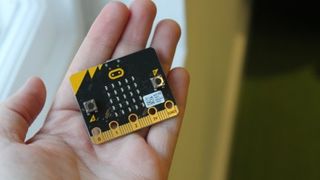
Coding options
The Block Editor is designed for those new to programmable computers with the educational angle very apparent. Simple code blocks can be dragged and dropped from the selection of categories on the left and are clearly labeled and ready to go.
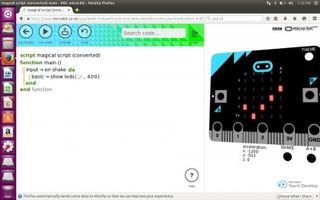
Even those new to code should be able to create a program in just a few minutes that will interact with the board and illuminate LEDs. At present one of the only issues with the Block Editor is the inability to undo, which can be frustrating if you accidentally delete a block section.
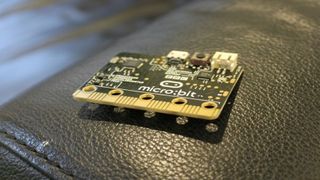
Completed programs can at any point be previewed before being compiled and downloaded. The downloaded file then needs to be manually copied from your computer to the micro:bit, as at present there is no automatic uploader.
Once you're familiar with the basics the block code can be converted into lines of code ready for the Touch Develop environment. This is more akin to standard coding environments but still guides the coder.
Easily connect external electronics
Coding is at the heart of the micro:bit but the board really comes alive once inputs and outputs such as sensors and servos are attached.
The micro:bit ships with a selection of crocodile clips which can be quickly clipped onto contacts and your choice of output. The control of any device attached can be interacted with through the code, and for simple inputs such as a switch or sensor there are plenty of drag-and-drop coding options available in the Block Editor.
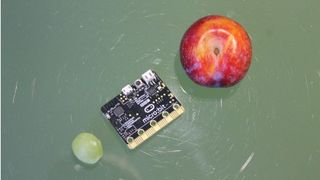
As you get more advanced, further electronic components such as potentiometers, servos, LEDs and speakers can all be attached and controlled. There are plenty of simple projects available online to show you exactly how each line of code relates to the operation and control of the hardware through the small micro:bit computer.
Final verdict
For its size, the micro:bit is an incredible educational tool that will let teachers, parents and students have fun with code to create games, wearable tech and other devices as yet to be imagined.
Its small size and built-in sensors make it quick to code and entertaining to use, but it's really designed for education and is a springboard to bigger more complex platforms rather than a rival to the likes of Arduino and Raspberry Pi.
This review of the BBC Micro Bit first appeared in Linux Format. Click here to subscribe.
